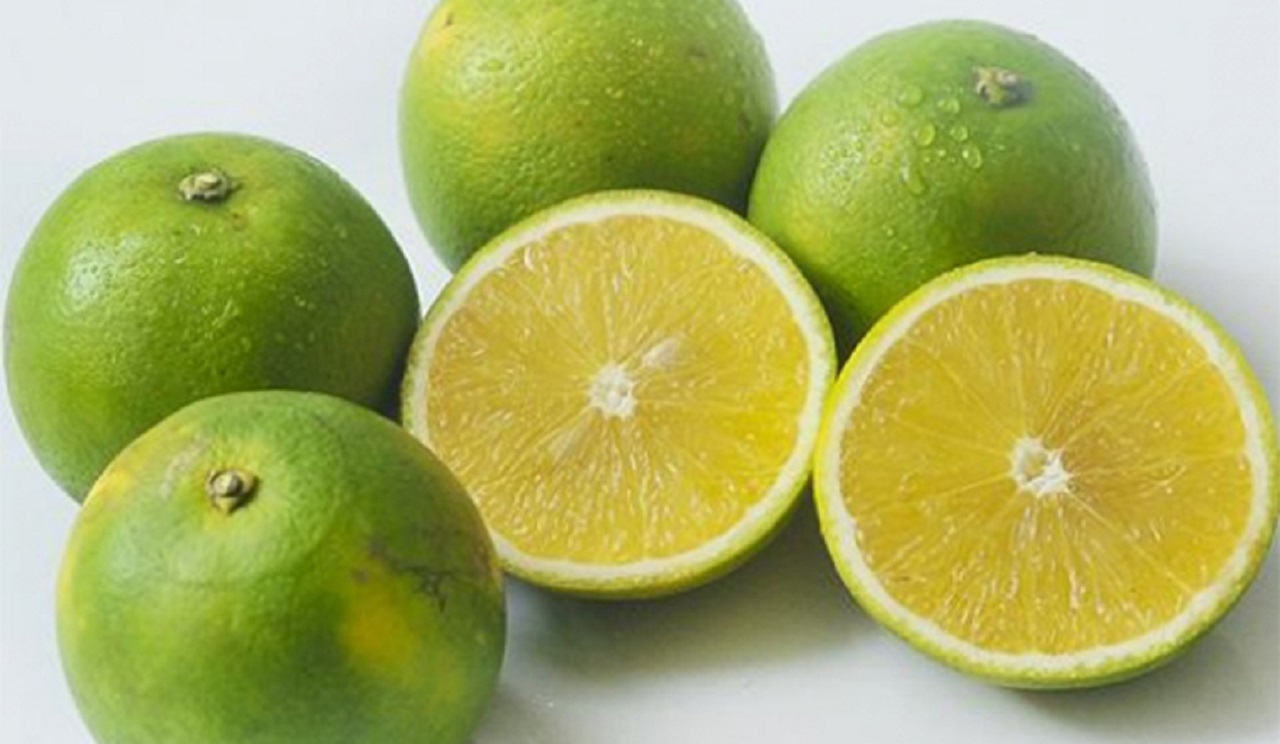
Source: Collected internet.
The specialties of each region of Vietnam carry within themselves the local lifestyle and the quintessence of nature there. The North cherishes delicate recipes, like a delicious bowl of bun thang that must be prepared for many hours. In the Central region, royal culinary traditions and typical spices blend in unique dishes such as lotus rice or spring rolls. Southern braised fish and sour soup come from abundant seafood resources, the pride of the Mekong Delta.
The cultural identity of ethnic groups is clearly expressed in community life and in economic activities from customs, costumes to culinary styles. Below are the unique features of Vietnamese culture that you can learn about.
Costume is one of the important factors that differentiate Vietnamese culture from other countries in the world. The costumes not only mark the cultural traditions and customs of the Vietnamese people, but they are also the breath and soul of a nation.
Vietnam's history began from 1 to 2 thousand years BC. Over many centuries with the Ly, Tran, Le, and Nguyen dynasties, from the mid-19th century, Vietnam became a French colony. After the August Revolution, the Democratic Republic of Vietnam was born. The Battle of Dien Bien Phu in 1954 marked the end of the French in the territory, but Vietnam was divided into two countries: the Democratic Republic of Vietnam in the North and the Republic of Vietnam in the South. After the events of April 30, 1975, Vietnam was unified and from July 2, 1976, officially named the Socialist Republic of Vietnam.